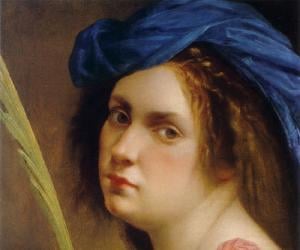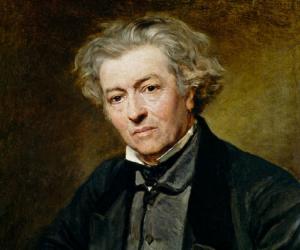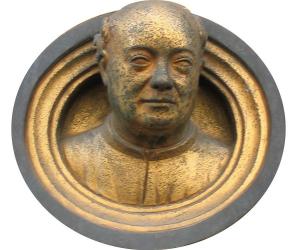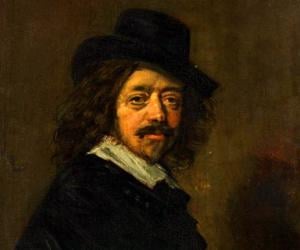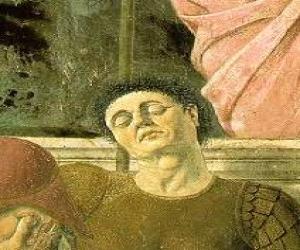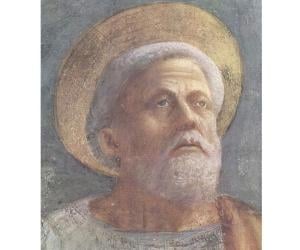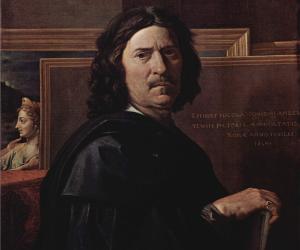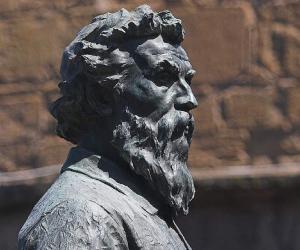Quick Facts
Italian Celebrities Born In July
Also Known As: Artemisia Lomi
Died At Age: 58
Family:
father: Orazio Gentileschi
Baroque Painters Italian Women
Died on: 1652
place of death: Naples, Italy
Cause of Death: Naples Plague
City: Rome, Italy
Childhood & Early Life
Artemisia Gentileschi was born on 8 July 1593 in Rome to Orazio Gentileschi and his wife Prudentia Montone. Her father Orazio was an accomplished painter who specialised in the Mannerist style of painting and was also a keen follower of the works of Caravaggio.
Artemisia Gentileschi wanted to become a painter and in the early years of her life she was trained by her father. A friend of his father, Agostino Tassi, also trained her in the nuances of painting.
Artemisia Gentileschi’s earliest works show a clear tendency to copy the style of her father and according to experts it can be noticed from her very first painting ‘Susanna and the Elders’ which she completed in 1610. For a long time it was assumed that the painting was her father’s.
Agostino Tassi, who had been asked to mentor Artemisia in the absence of her father raped Artemisia in 1611 and when he refused to marry her despite his promises, Gentileschi’s father took him to court. The trial lasted for a total of seven months at the end Tassi was found guilty.
Career
Artemisia Gentileschi moved to Florence following her marriage to a native of the city and in the year 1616 she became the first to enter the Florence Academy of Design. During her time in Florence she became well acquainted with the well-known personalities from the world of arts as well as people who had ties to the influential Medici family.
During her time in Florence, Artemisia Gentileschi helped Michelangelo’s nephew Michelangelo Buonarroti by supplying him with a painting that was to adorn the ceiling of a gallery. Her other works during this time include ‘The Conversion of Magdalene’, ‘Self-Portrait of a Lute Player’ and ‘Judith and her Maid servant’. In 1621, Gentileschi went back to Rome.
Artemisia Gentileschi spent most of the 1620s in Rome and later on in Venice. During this period she was fascinated with the work of Caravaggio and some of the works of this period include ‘Portrait of Gonfalonieri’, ‘The Sleeping Venus’ and ‘Esther and Ahasuerus’.
Artemisia Gentileschi moved to Naples in 1630 since it was a city that had the reputation of being very lucrative for artists and during her stint in the city she worked on paintings that were meant for cathedrals. ‘Birth of Saint John the Baptist’ and ‘Corisca and the Satyr’ are notable works from this period.
In 1638, Artemisia Gentileschi went to work with hER father Orazio in London, England, to work for King Charles I. They worked on the paintings that constituted the decoration of the Great Hall at the Queen’s House. She continued to work in London for a few years and then went back to Naples.
Major Works
Artemisia Gentileschi’s most famous work is the painting titled ‘Judith beheading Holofernes’ which she completed sometime in 1613. The violence in the painting depicting the murder of Holofernes and detailing involved in the painting has elevated this work to the realms of the great paintings. The painting is now housed at the Capodimonte Museum in Naples.
Personal Life & Legacy
Artemisia Gentileschi got married to the painter Pierantonio Stiattesi at around 1613 but the marriage ended in 1621 due to rising debts owing to her husband’s spending habits. The couple had a daughter named Palmira.
There is dispute among historians regarding the exact year or cause of her death simply because there is no record of her later life or career. There is a theory that she might have died of the plague that affected Naples in the year 1656.
Facts About Artemisia Gentileschi
Artemisia Gentileschi was one of the first female artists to gain recognition in the male-dominated art world of the 17th century.
She was known for her powerful and dynamic portrayals of women in her paintings, often depicting them as strong and independent figures.
Despite facing personal and professional challenges, Artemisia’s determination and talent allowed her to overcome obstacles and establish herself as a successful artist.
Artemisia Gentileschi’s work continues to inspire and influence artists and art enthusiasts around the world, showcasing her enduring legacy in the art world.
In addition to her artistic achievements, Artemisia was also skilled in other areas such as poetry and letter writing, showcasing her diverse talents and interests.


